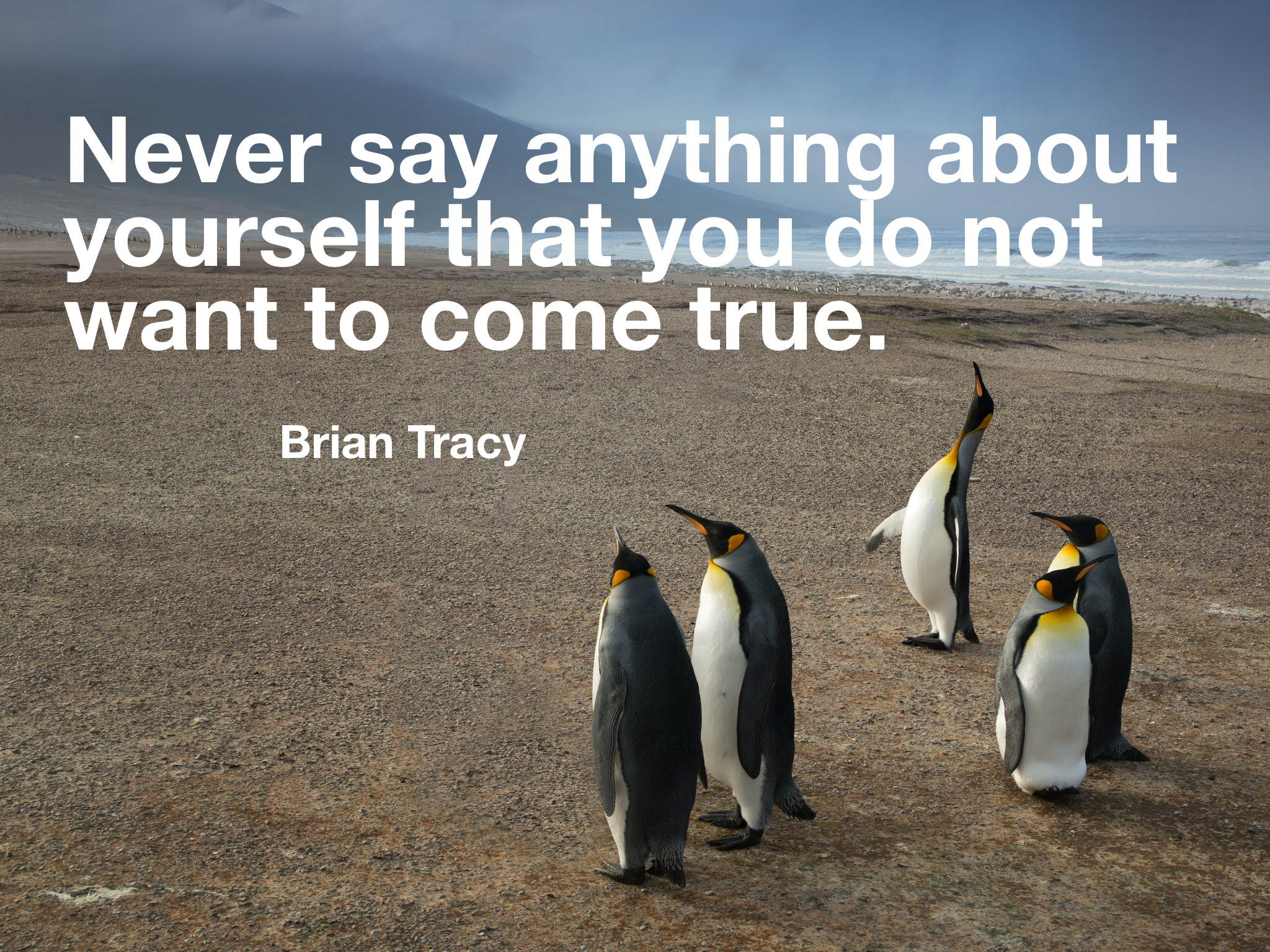Top Selling Techniques Artists Can Adopt
So, I think it’s fair to say that most artists don’t think of themselves as salespeople and likewise many salespeople would not identify as artists. But after two years of sharing a home office with my “Global Head of Sales” partner, I noticed that these two professions have more in common than we realize.
In the studio, blissed-out in the pursuit of artistic wins, the majority of visual artists are not thinking about the next challenge: finding collectors for their masterpieces. It can be daunting and it’s definitely time-consuming. And in a perfect world, artists rather skip that step altogether or have someone else handle the art sales. That’s where gallery representation used to come in handy.
But it’s 2020! And a new era is dawning for artists. Galleries have moved online, e-commerce is everywhere, Patreon and TikTok are allowing artists to crowd-fund their work. The opportunity to take your art business into your own hands is growing; but you’ll have to change hats and start thinking like a salesperson.
Recently I found a list of “13 Sales Techniques to Master the Art of Sales” written by Brian Tracy, author of over 45 books on business success. As you can imagine there are a lot of these types of lists online. Most of the tips are common sense, but they can still offer new ideas when you apply them to selling artwork.
I realize it’s tough to talk about your own personal work, and even harder to convince someone else that they love it as much as you do. But try on a new hat – that of a confident, persuasive salesperson. You can even approach it like acting, performing a role. The more you wear this hat the better it fits – and new collectors look great on you!
1) Start with Good Emotions
This might sound strange coming from a corporate coach, but it really applies to every aspect of success. When you start a conversation with a collector, don’t approach them feeling unsure, scared, negative or meek. Gather your strength and greet everyone with kindness and confidence. First impressions are key. You might think “I’m selling my art, not my personality.” But establishing a good, comfortable rapport will certainly make communications easier.
2) Give Them Something to Agree With
Tracy calls this “getting your clients on board” and it goes along with technique #1. Find common ground with the buyer. You can do this by asking them what they like about a particular piece and then respond in agreement and explain the process or concept behind that aspect of the work. Avoid saying “That really wasn’t what I was going for” just be open to their interpretations and help them understand the work better.
3) Use Social Proof
This is basically the backbone of all marketing. People want to know if others like what they like, and they will listen to the opinions of their peers. This is the why artists publish CVs, to show that curators, gallerists and collectors appreciate their work. And social media now comes into this, as a constant display of likes and approval. Think of your Facebook, LinkedIn, Instagram, YouTube or TikTok accounts as a streaming resume. Connect with businesses and people you’d like to impress and don’t forget to brag about yourself and respond to comments.
4) Build Scarcity
This one becomes relevant during the current wave of open edition and giclee prints flooding big online art.com websites. There is a deluge of art available at any price point. So how do you project a perception of exclusivity and value? Use language in your statement about the materials and process to help collectors understand the labor required. Use limited editions for prints and photographs – increase prices as editions run low. Show SOLD works on your website to cause FOMO (fear of missing out).
5) Give Them an Out
This might sound counter-intuitive but giving your collector room and time to think will make them more comfortable; help them trust you more; and show that you have confidence in the quality of your work. No one likes to be pressured. Offer to put the work “on hold” so they can consider it for a week. Ask them what their hesitations are – perhaps there’s an issue you can resolve like the framing or mounting. Be sure you capture the collector’s contact info so you can follow up about or a possible commission. They will feel indebted to you for your patience and professionalism.
6) Use Personalized Pitches
Here’s another corporate marketing technique that applies to life in general. Make the people you meet feel special and they will respect you. Remember names and make note of their jobs and hobbies. If you’re at an art opening, bombarded by new friends, use some of these 11 Memory Hacks to help you remember their names. If you use direct email apps for sending newsletters, try to add the subscriber’s name to the email or send a personalized postcard to invite them to your next opening.
7) Stroke their Ego
Along the same lines as #6, I always say “You catch more flies with honey”. So, a clever compliment can’t hurt during the sales process. I’ve heard gallerists tell collectors “You have a great eye for color”. “You’re really drawn to excellent craftsmanship”. “This will really compliment your exquisite interior design.” Phrases like this make them feel empowered to make choices and buy you art!
“I’ve learned that people will forget what you said, people will forget what you did, but people will never forget how you made them feel.”
8) Let Them Sell Themselves
This is a little tricky as it involves reverse psychology. You’ll have to get inside the collector’s head and predict their next thought. You can say something like “This might be too edgy for the dining room” (knowing full well that they respect avant-garde design). Or show them a more expensive work and say “I thought you would have preferred something like this” (but be prepared with an explanation).
I’d say be careful with this technique. It’s probably better for selling cleaning products or cars – something less subjective than art.
9) Make Use of Anecdotes
This technique is perfect for selling art. Buyers usually want to know the tale behind the work. What inspired you? How did you choose your materials? What is the imagery meant to portray? Is there a personal experience embedded in the work? Where did you take the photograph? How long did it take you? These small stories are intriguing to both artists and non-artists. But the latter is especially curious about the life and practice of an artist. The more you can illuminate for them – the more they will bond with your work.
10) Offer Options
When a collector hesitates, you might assume that the sale is lost. If you’ve already tried many of the techniques above, you might have some luck offering other options. That could mean other pieces, but it could also be other solutions such as a payment plan or a reasonable discount or renting the work temporarily. Giving the client more options will give them more control and confidence in their decision.
11) Up-sell Immediately
This is more difficult to apply to art sales, but I have seen artists use it. If a collector is balking over a big price tag, offer to include one of your art books, or a smaller work, or a print. If you have work that looks great as a group – propose that they buy the works together to complete the set, or if you know they have a friend or family member who likes your work, encourage them to buy a gift for them in addition their personal purchase.
12) Develop Listening Skills
To be a great salesperson, you have to listen. Artists are also great listeners (many are also introverts) so they don’t try to over-talk or force opinions on others. So keep that up! Start to encourage your collectors to talk about themselves and what they like. What are their favorite exhibitions or periods in art history? Find out all you can so that they see you as a friend, and so you can predict their choices in collecting.
“We listen with the sole purpose of helping the other person feel heard and accepted.”
13) Persistence Sometimes Pays
Don’t give up too easily! While you never want to become a pest, you can be persistent and close a sale you might have thought impossible. If the client says they have to think about it, give them space but definitely follow up. If they say they can’t purchase the work right now, find out when might be a better time. “How about I call you back after the election/holidays/new year?”
If they are undecided – ask more questions. Maybe you can assuage their doubts and close the sale!
photo by Robert Sharp
13 Techniques to Help Master the Art of Sales
© Brian Tracy, first published 26 Oct 2017.


